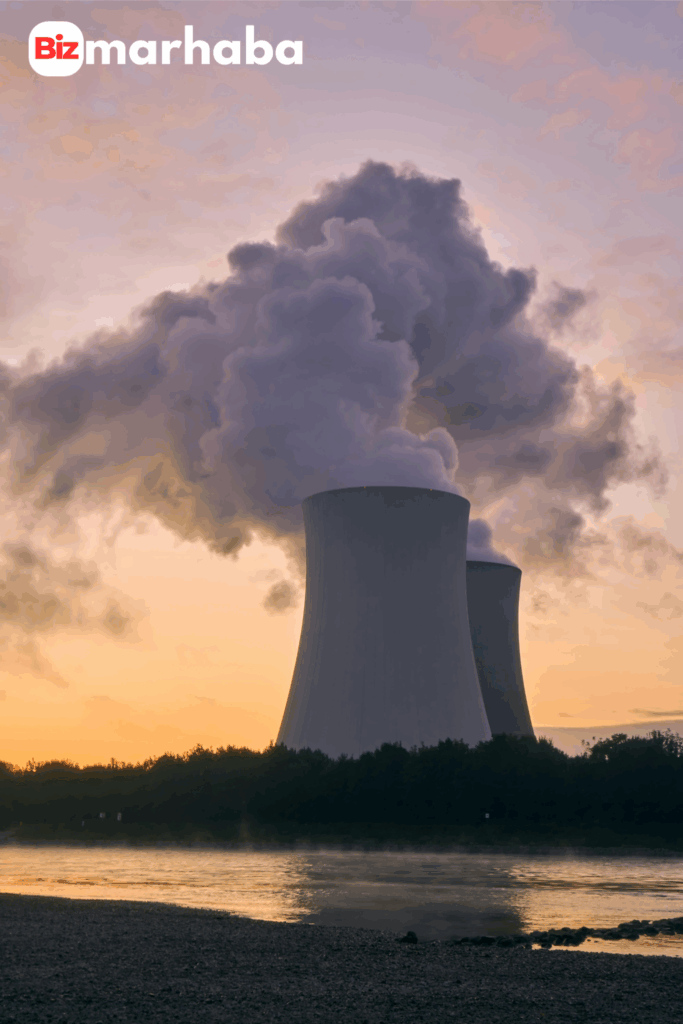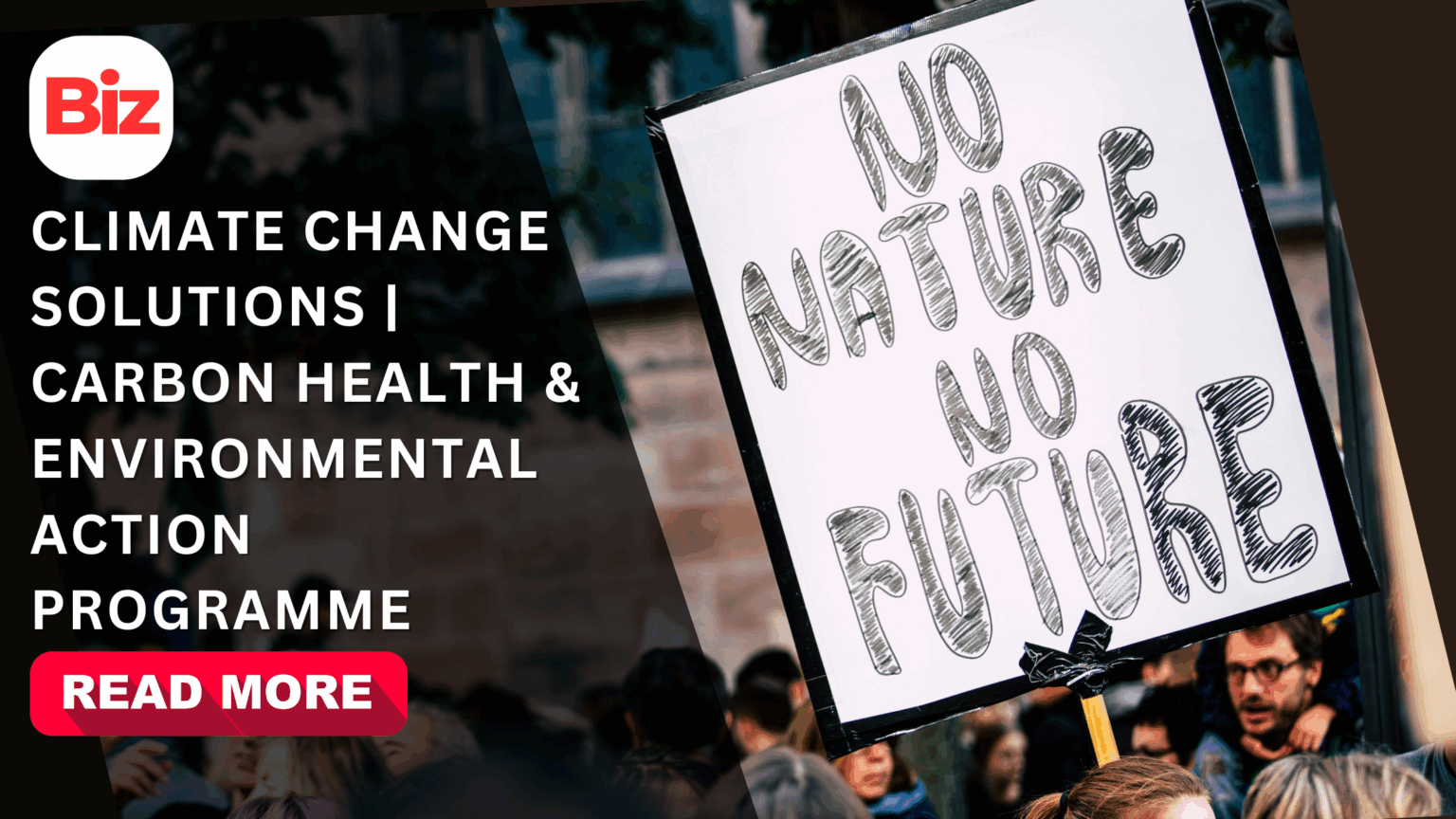Climate change solutions is the biggest challenges that man is going through in present days. The climate changes availed upon the planet by increased global temperatures and sea levels, extreme weather and loss of biodiversity, impact every person, community and ecosystem. The crisis of the situation will be captured in the frantic attempts to solve the problem such as the climate change clock that in a very graphic manner counts the days, months, and years we have before it will be too late to do anything about it.
The piece of good news is, that we are not powerless. By acting together, new technology and a global environmental action programme we can reduce the rate at which the climate change is occurring and save the planet to the coming generations.
Learning Climate Change and How It Happens.
Climate change can be defined as changes in the temperature and weather patterns over a long period on the earth. Although the Earth has been experiencing volcanic activities and solar radiations which have contributed to the climate of this planet over millions of years, the recent rapidity has been heavily linked to the human activity.
Incineration of fossil fuels (coal, oil, and natural gas) has led to the introduction of un-matched amounts of greenhouse gases (GHGs), including carbon dioxide and methane, into the atmosphere. These gases are traps to heat, which causes an imbalance in the planet and a trend towards warming that unanimously indicates the anthropogenic trend.
The key contributors are industrialization, deforestation and unfriendly agricultural practices. As an illustration, clearing forests not only destroys natural carbon sinks but also frees carbon that is stored in it, worsening the situation. Here the concept of carbon health comes in. Making sure our interaction with carbon emissions is checked and controlled in such a manner that it benefits the planet.
The Human and Environmental Impact.
Climate change does not affect every part of the world in the same manner. Some areas have more realistic problems than others. But all corners of the world are somehow affected by it.
Extreme Weather Events: There are more and more severe hurricanes, floods, droughts and wildfires. These catastrophes render people homeless and destroy localities.
Food and Water Security: Climatic change in the form of changed rain distribution patterns is posing a threat to agriculture and water reserves are being threatened by the melting glaciers and shifted precipitation patterns.
Loss of Biodiversity: Species that are not adapting to changing climatic conditions are becoming extinct at very worrying rates. Warmer ocean water is causing the coral reefs to bleach, as an example.
Human Health: Environmental warming is being associated with heat-related diseases and infectious diseases as well as respiratory issues caused by air pollution. Carbon health also concerns human health-how we feel is directly related to the quality of air that we inhale.

The Climate Change Clock: A Disciplinary Notice.
The climate change clock is not only a visual representation but rather a startling wakeup call to the time bomb that humanity is about to explode. This clock calculates the time we have before the earth crosses the threshold of 1.5 o C set by the Paris agreement that warming exceeds what could be considered normal and that there would be irreversible damage once it does.
Today, the countdown brings to the fore the fact that time is running out. Without drastic reduction of the emissions, the time frame to make the planet habitable will disappear within decades. The clock is compelling us to take action today, not leave a problem to the future generations to resolve, but the later we take action the more challenging and costly the problem will be.
Environmental Action Programme: A World Framework.
All over the world, governments, organizations and communities are putting in place measures to deal with climate change. The environmental action programme is one of the major approaches that make it sustainable, reduce carbon emissions, and conserve the ecosystem.
The following are the common areas of these programmes:
- Energy Transition: The transition of fossil fuels to renewable energy such as wind, solar, and hydro electricity.
- Sustainable Transport: Supporting electric cars, effective transit and bicycle-friendly roads.
- Waste Minimization: Recycling, composting, and re-using of resources through the creation of a circular economy.
- Nature Restoration: Reforestation, wetland protection, and marine conservation to strengthen carbon sequestration and biodiversity.
- International Collaboration: Climate change has no boundaries and, international agreements and alliances are crucial.
Indicatively, the European Union has been at the forefront of various environmental action programmes to inculcate a sense of sustainability in policy formulation to ensure people and the planet are beneficiaries.
Solutions to Climate Change
The problems might be daunting, but there are many concrete solutions to climate change- both personal and institutional.
Switch to Green Power.
The shift to fossil fuel is one of the most effective measures. Not only are renewable energy sources that reduce emissions, but also they generate jobs and lessen reliance on finite resources.
Energy Efficiency
Better insulation, modernization of appliances, and optimization of industrial processes can also help to facilitate a big decimation of energy waste. Emissions can be reduced most cheaply and fastest, through efficiency.
Sustainable Agriculture
Techniques in farming that lessen the emission of methane, curtail deforestation, and enhanced soil carbon retention can make a huge contribution to curbing climate change.
Carbon Capture and Reforestation.
Trees, wetlands and investing in carbon capture technologies all make carbon health stronger because they cut down on excess greenhouse gases in the atmosphere.
Policy and Governance
The governments should focus on policies that are green, impose emission targets, and encourage green technology. Leadership requires organization to achieve the change.
Individual Action
Individual decisions, when combined, add up to a tremendous amount of difference, whether it is cutting down meat consumption or joining environmentally friendly establishments. Saving energy by using light bulbs that conserve energy, driving less of driving or lobbying policy changes, will all help.
Why Climate Change is Everyone’s Responsibility.
Climate change is not limited to any one country, industry or community- it is everyone. This is a challenge as well as an opportunity. It involves, on the one hand, unprecedented cooperation; and, on the other, will guarantee that no action will go to waste.
The individuals can make their habitual practices consistent with the sustainability objective, companies can find innovative ways of doing things in a cleaner fashion, and the government can enact laws to effect change in the system. All these combined efforts are a ripple effect and they show that there is a solution whenever we approach a collective responsibility.
Hope for the Future
There is hope to be optimistic even though the warnings are dire. Green energy is getting cheaper and more acceptable. Youth movements are increasing awareness and putting leaders to the task. It is true that urban spaces are being redefined by cities in order to focus on green living.
The global change can be slow, yet it is gaining speed. Planting trees is one step toward a more sustainable balance, as is writing an environmental action programme. The climate change clock can alert us of the urgency, but also act as a call to mobilize innovation, strength, and willpower.
Conclusion
Climate change is a feature of our era. It is impossible to deny its effects which are massive, yet solutions are also. Humanity can set a way forward by concentrating on carbon health, adopting holistic environmental action programmes, and remembering the ticking time bomb of climate change.
The answers to the climate change lie within our reach in case we take strong and unified actions. It can be renewable energy, sustainable use of land resources, reforestation or personal actions, but all steps are important. Nobody knows what is ahead and even as the clock is running, our current actions will shape the world that we will leave behind tomorrow.








